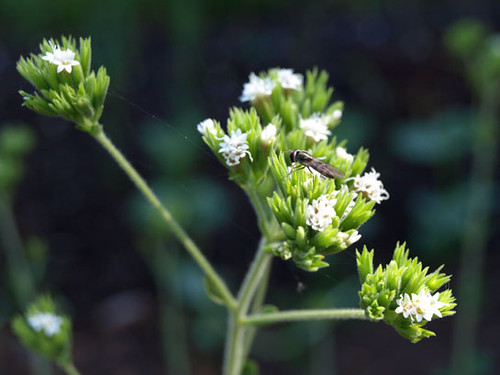I have sort of come to the conclusion – inasmuch as I can come to a conclusion this early in the process – that where I garden, building a food forest is about critical mass. It’s a very different aesthetic than planting, say, a row or garden full of spring annuals. Since I started seriously “building” the first patch of food forest, I have taken the approach of mindfully planting a bunch of things (hopefully the right things, in the right places) and then forgetting about them. I’ve scattered seeds, buried tubers and rhizomes, and transplanted young plants. To date, the list of plants includes blueberries, currants (red and black), gooseberries, sorrel, Goji berries, rhubarb, horseradish, strawberries, lingonberries, sunchokes, lots of different allium representatives (garlic, leeks, onions, chives, shallots, garlic chives, ramps, bear’s garlic), clovers and medics, assorted mustards and other greens, and carrots, radishes, turnips, sunflowers, and various herbs.
Already this “plant and forget” approach has yielded satisfying surprises – onions and garlic are emerging in places I had forgotten I planted them, and other scattered seeds have germinated and are taking off. Come spring, the herbaceous, ground cover, shrub and rhizome layers will hopefully start filling in, which leaves the vertical and low tree layers, both of which I’m still working on. For the low tree layer, today I planted the plum seeds I collected a few weeks ago, cherry seeds collected at the the National Mall in Washington, DC, as well as ramps seeds that have been in the refrigerator. In January, I’ll plant the cold-stratified and acid scarified elder seeds, and see how their germination rates compare to the control seeds. One of the Chinese hackberry seeds germinated, and the seedling is robust and growing steadily. For the vertical layer, I’ll try to root cuttings from my most robust grape vines, and hope that the various kiwi plants that I rooted this year will come back in the spring, at which point I’ll transplant them out into the food forest to climb up the pines and cedars.



One Response to Critical Mass